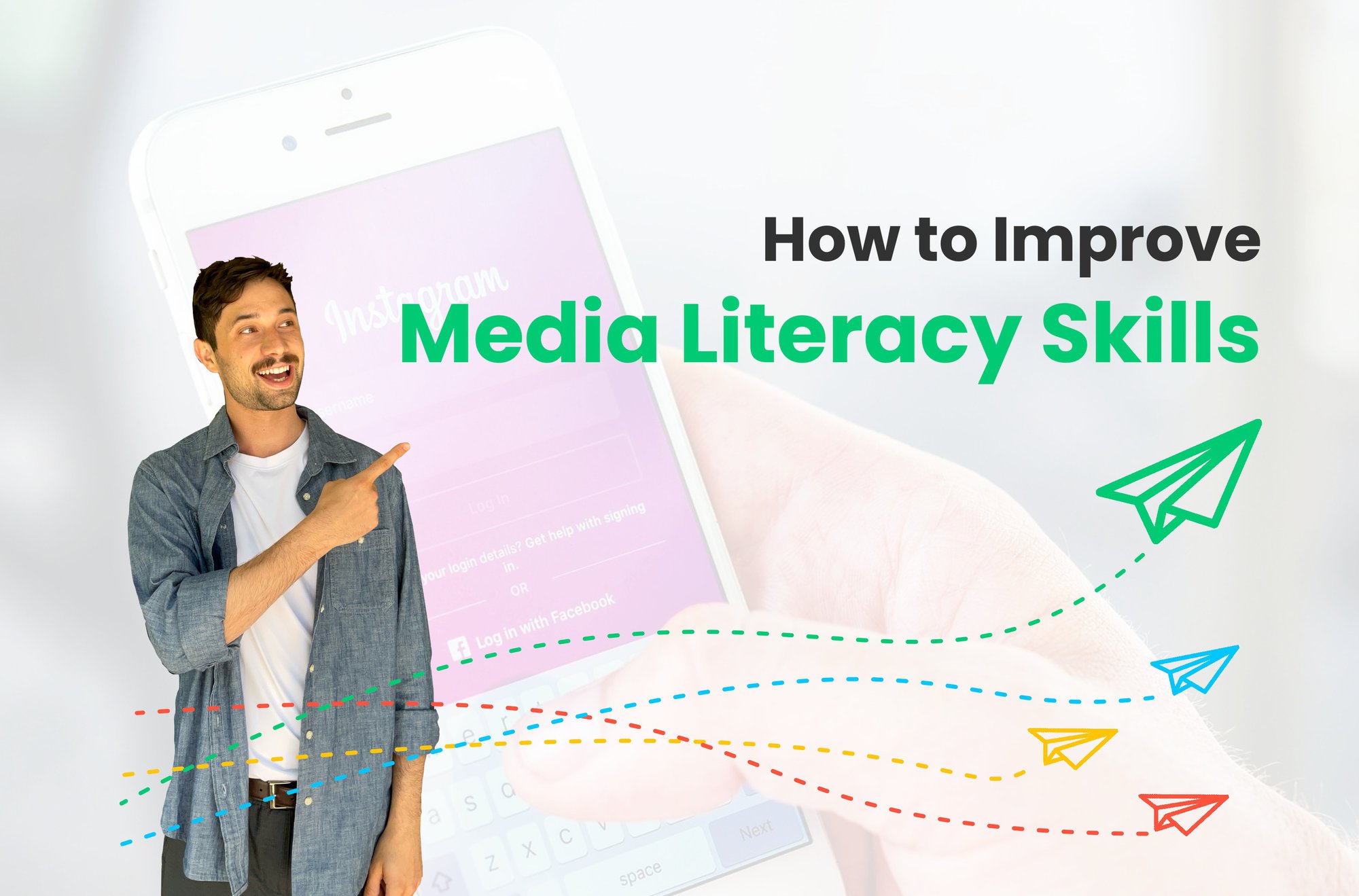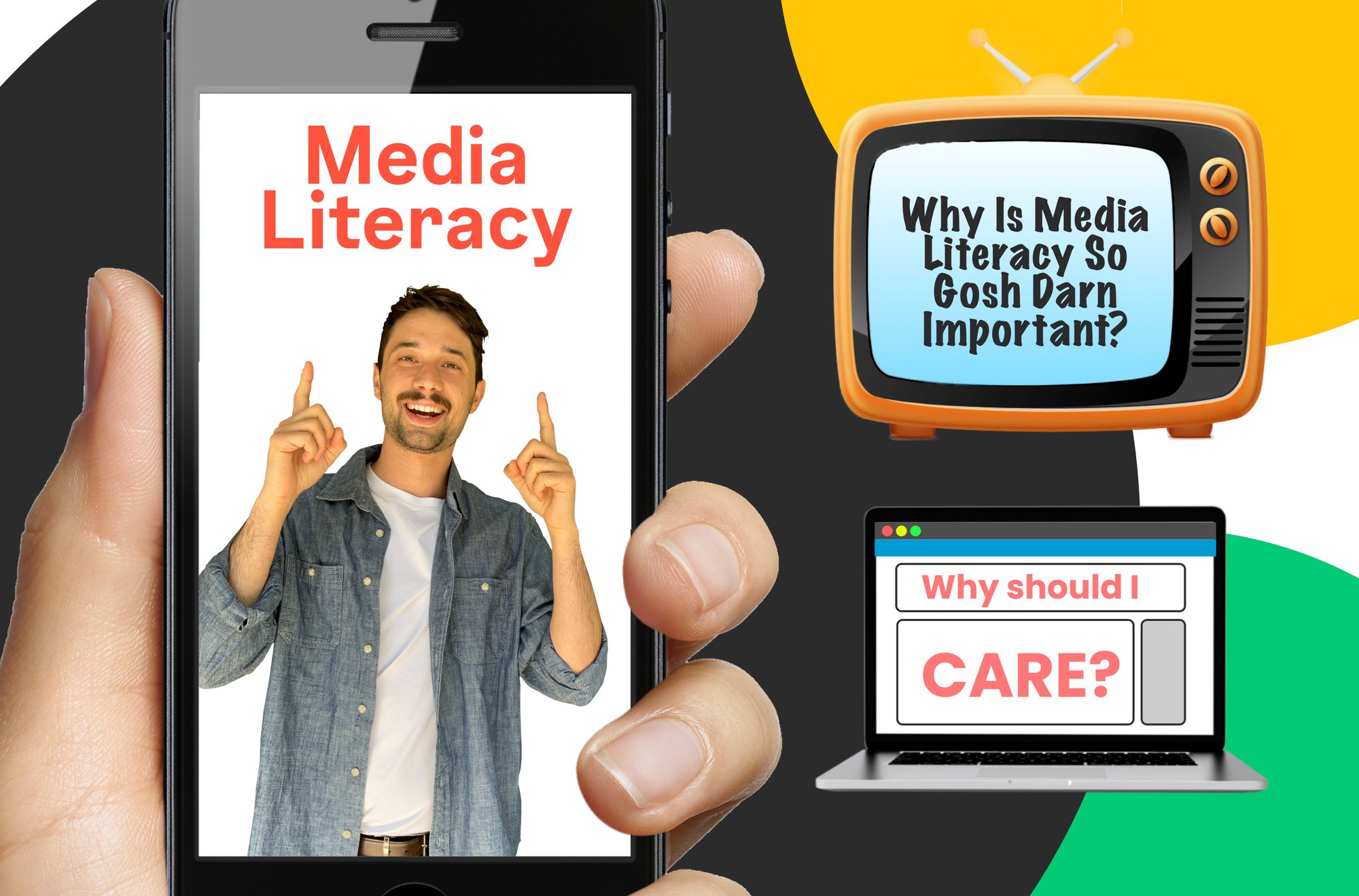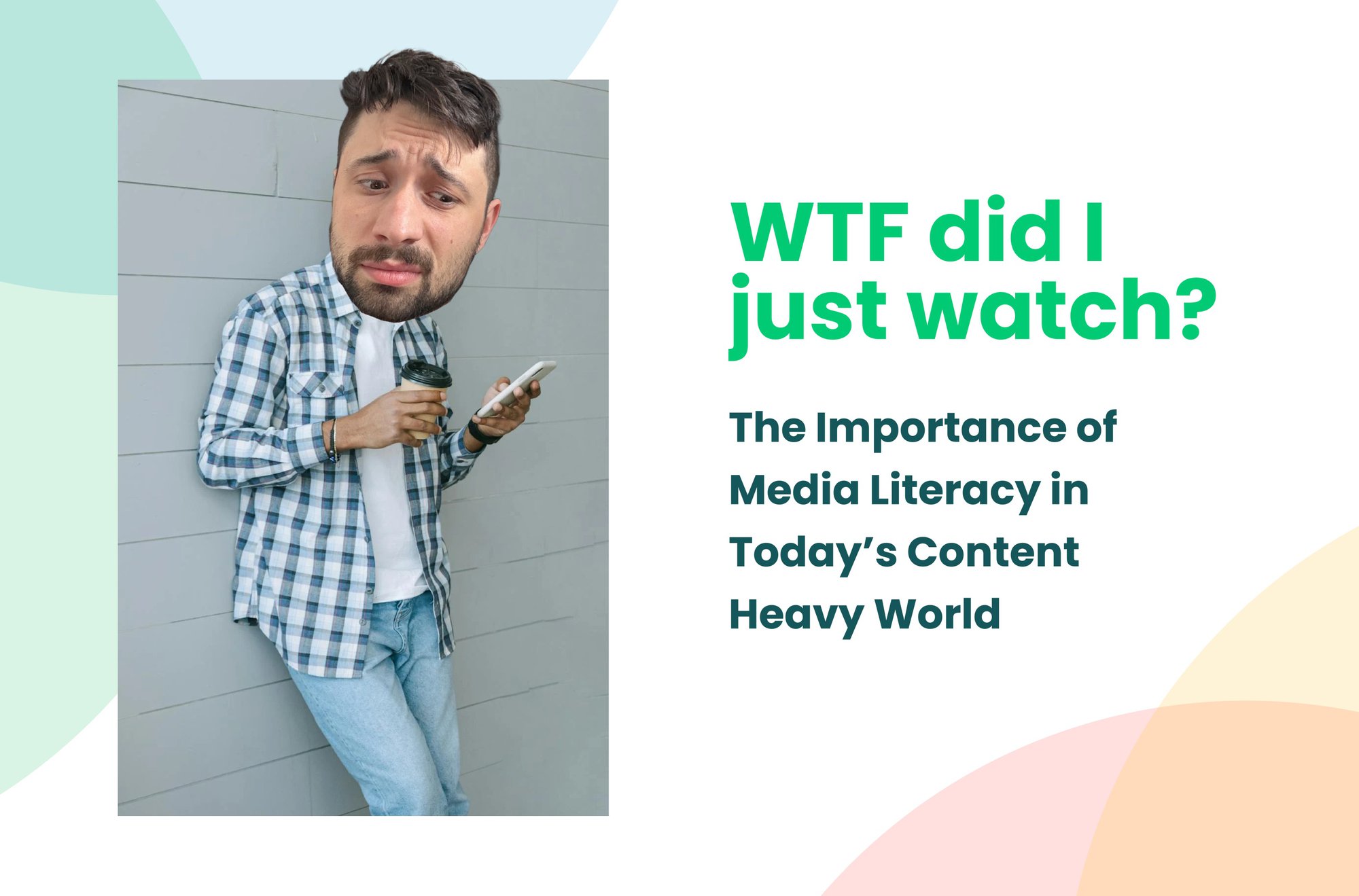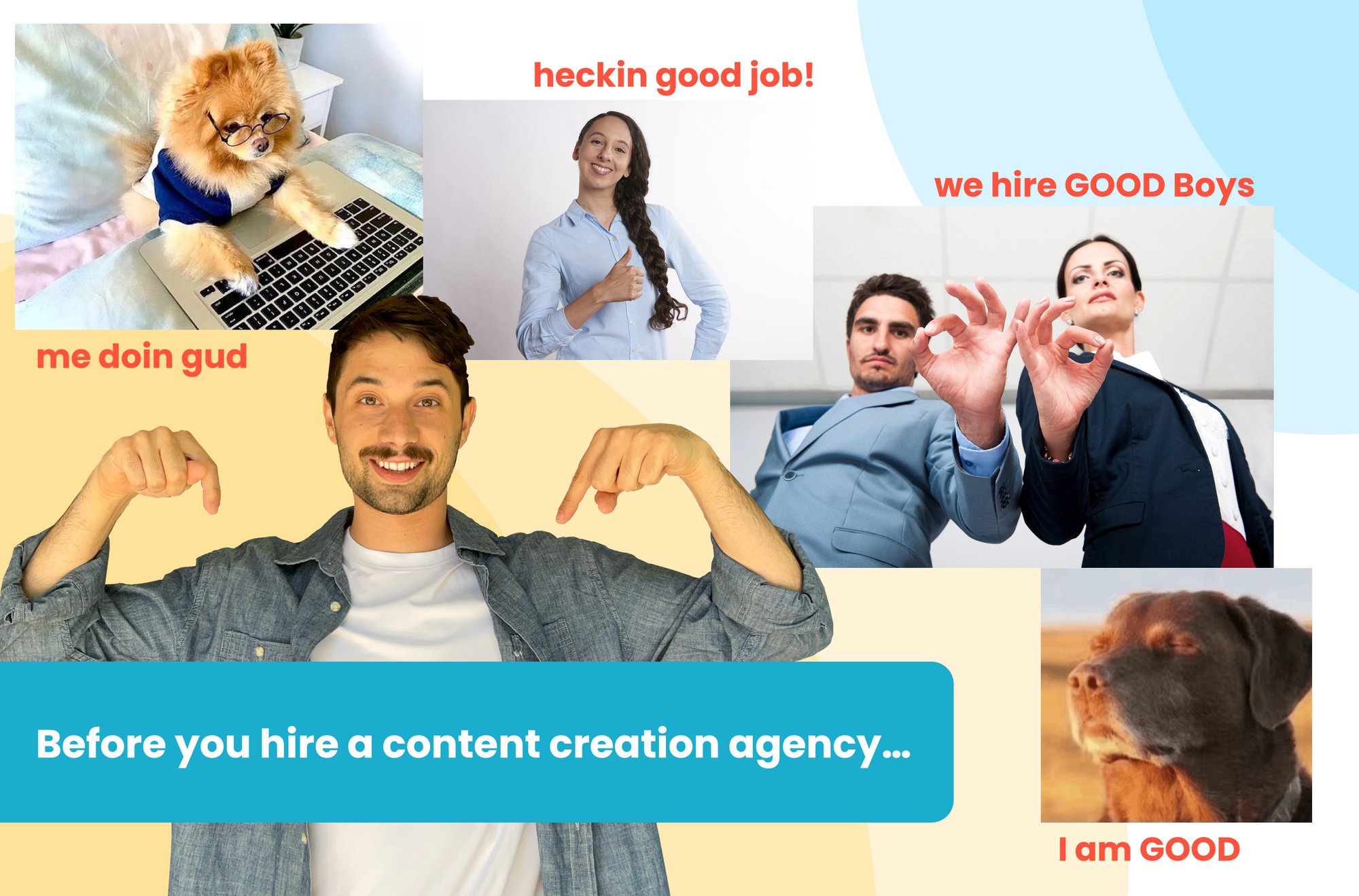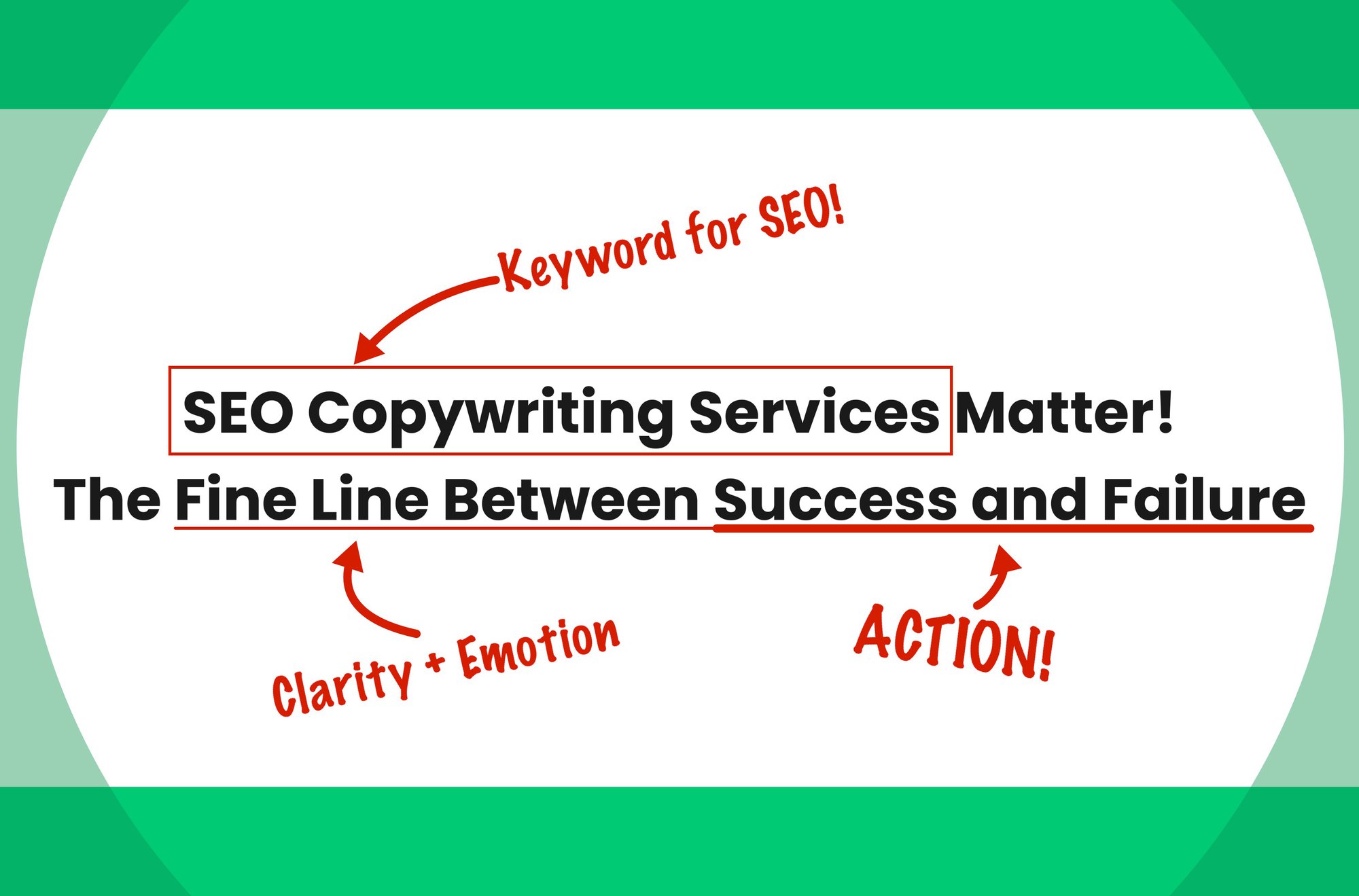Media literacy is more important than ever, and knowing how to improve your skills is necessary. The constant stream of news, ads, and social media updates can be overwhelming and confusing to interpret without the right skills. Understanding media literacy isn’t just about “being informed”; it’s about approaching all media with a critical eye. When I analyze what I consume, I can better differentiate fact from opinion, promotional content from genuine information, and authentic messages from cleverly disguised agendas.

These skills are invaluable in marketing. They allow me to navigate the ever-changing landscape of digital media, and give me the ability to separate trends from fads and determine what truly resonates with audiences. In my campaigns, media literacy ensures I deliver honest and engaging content. When I focus on building trust, my audience can confidently rely on my brand for meaningful information and ideas.
Improving media literacy isn’t a one-time event; it’s an ongoing process. With every new platform, trend, or campaign, I find opportunities to refine these skills and make my content more relevant and reliable. I’ve broken down some key elements of media literacy that help me elevate my work and connect with audiences effectively.
What is Media Literacy?
Media literacy is critically analyzing, evaluating, and interpreting media content. It allows me to consume media not just as a consumer but as an informed participant. This skill lets me see beyond the surface, recognizing each message's motivations and assessing its value. This ultimately allows me to determine that the content I’m consuming is both helpful and valuable—without expending unnecessary mental energy in the process.
Media literacy has never been more crucial in an age of abundant and often conflicting information. Without it, we risk being misled by misinformation, clickbait, or biased sources. For me, developing strong media literacy means I can engage with content meaningfully, questioning its sources, credibility, and purpose.
From a marketing perspective, media literacy is vital to building trust and authenticity. My audiences are savvy, and they expect brands to communicate honestly. Media literacy enables me to meet this expectation by delivering messages that are accurate, transparent, and aligned with my audience’s values. This approach isn’t just ethical; it’s effective, ensuring my message resonates deeper.
Why is it Important?
Media literacy is crucial in today’s information-heavy world because it helps us navigate and make sense of the vast content we encounter daily. With news, ads, and social media posts often designed to sway opinions, being media literate allows us to discern between accurate information and misinformation. This skill empowers us to engage thoughtfully with content. It also helps us spot potential biases, misleading claims, and the intentions behind various messages.
On a societal level, media literacy supports a well-informed public, reducing the spread of misinformation and fostering critical thinking. When people can evaluate media accurately, they’re less susceptible to manipulation and can make informed decisions in politics, health, and personal finance. In marketing, media literacy is equally essential as it ensures messages are transparent, fostering trust with audiences who increasingly demand authenticity from brands.
I came across a chilling report from Channel 5 News with Andrew Callaghan that perfectly sums up why this conversation matters:
“There is something happening now that is similar to what happened in the late 1960s as far as the government operating extra judicially to suppress dissenting opinions…”
“The media conglomerates who serve as their lap dogs have worked overtime since the Occupy Movement of 2012 to deploy potent culture war distractions and keep the voting public evenly divided on almost meaningless issues…”“They tricked the Right into worshiping the wealthy while scapegoating the vulnerable… and tricked the Left into destroying itself through in-fighting and a system of social exile, rules, fear, and cancellation.”
That’s not just commentary—it’s a wake-up call.
We must develop the skills to decode messaging, identify bias, and separate fact from clickbait. As marketers, creators, and business owners, we have a responsibility to be part of the solution—not the noise.
For marketers, media literacy enhances producing content that aligns with audience values while avoiding manipulative tactics. By being media literate, I can engage with my audience on a level that respects their intelligence and meets their expectations for honest communication. This approach builds stronger, more meaningful relationships and cultivates long-term brand loyalty as audiences recognize and appreciate the content’s integrity.
Media Literacy and Marketing
Media literacy is a valuable marketing tool, giving marketers insight into how audiences consume and interpret content. By understanding media literacy, I’m better equipped to create campaigns that resonate authentically and meet the high standards of today’s informed audiences. This skill helps me see media from the audience’s perspective, allowing me to build trust and credibility through transparency and relatability.
Having media literacy enables me to assess the integrity of my messages. I can scrutinize each piece of content, checking it against ethical standards and audience expectations, ensuring that it reflects honesty and aligns with the brand's values. This approach strengthens my audience’s trust and sets the campaign apart as one that values clarity and connection over manipulation.
Moreover, media literacy allows me to adapt to changes across digital platforms. Whether it’s a social media trend or a shift in public sentiment, I can adjust my campaigns to stay relevant without compromising authenticity. This flexibility is crucial for long-term success, as today’s audiences quickly spot disingenuous tactics. By applying media literacy, I stay grounded in delivering valuable content that connects with people on a meaningful level.
Using Media Literacy to Boost Campaigns
In marketing, media literacy is essential for developing campaigns that feel genuine rather than gimmicky. I can look at trends and understand which ones have staying power and align with my brand, rather than chasing every viral moment. This thoughtful approach lets me build trust with my audience, as they know I’m not just jumping on the latest bandwagon.
Media literacy also makes my campaigns more adaptable. If a campaign isn’t resonating as expected, I can analyze why and pivot accordingly. This flexibility allows me to stay relevant without sacrificing authenticity, keeping my content fresh and meaningful to my audience.
Understanding Digital Platforms
Each digital platform has unique nuances, and media literacy helps me tailor my approach to each one. For instance, what’s effective on Instagram may not have the same impact on LinkedIn. Media literacy lets me adapt my messaging based on the audience, platform, and context.
I make data-informed decisions on when, where, and what to post through this platform-specific approach. By recognizing each platform's culture and expectations, I can avoid content that feels forced or out of place. This strategy ensures my messages are as effective as possible, reaching the right people with the right content.
Media Literacy and Social Media
Social media is a space where information moves at lightning speed, and it’s also rife with misinformation. Media literacy allows me to create relevant and accurate content, ensuring I’m contributing positively to the social media ecosystem.
With media literacy skills, I can navigate trends and memes, deciding which ones align with my brand’s values. Rather than jumping on every popular trend, I focus on trends that fit my messaging. This approach builds trust and positions my brand as thoughtful and intentional.
Another key aspect of social media literacy is knowing how to create and improve conversation-driven campaigns rather than engagement-driven ones. Instead of clickbait tactics, I aim to share content that encourages meaningful interactions. This helps my brand feel like part of a community rather than just another marketing account vying for attention.
Analyzing audience reactions allows me to gauge when my messaging hits the mark or needs adjusting. Social media is dynamic, so staying attuned to audience sentiment helps me maintain a strong connection with my followers. This adaptability ensures my campaigns remain relevant and engaging.
Media Literacy Across Digital Platforms
Media literacy looks different across each digital platform, as each has its unique style, audience, and communication rules. On social media, for instance, media literacy helps me understand platform algorithms, assess the spread of content, and avoid pitfalls in presenting information. Understanding these factors allows me to align my content with the platform’s norms while ensuring authenticity and ethical messaging.
YouTube and other video-based platforms bring media literacy challenges, where visuals, editing, and scripting can influence viewer perception. With media literacy skills, I can better evaluate content authenticity and learn how to improve it. This ensures that video campaigns are engaging and honest, meeting the audience's high expectations for integrity.
Search engines and eCommerce platforms require a media literacy approach to understand search algorithms and user behaviors. Media literacy helps me craft content that aligns with SEO best practices, providing value rather than simply aiming for clicks. On eCommerce sites, this skill aids in creating ethical product descriptions and reviews, ensuring transparency, and fostering genuine trust with potential customers.
Understanding Content on YouTube and TV
YouTube and TV content often has high production values and is designed to captivate. Media literacy helps me see beyond the polish, understanding which messages are crafted purely for impact versus those that offer genuine insights. Recognizing these elements is key when using these platforms for marketing, as I aim to provide value, not just visual appeal.
When crafting content for YouTube or TV, I consider how production choices—like editing, lighting, and scripting—shape audience perception. Media literacy lets me evaluate these factors, and knowing how to improve my skills ensures that I’m not misleading viewers. It also allows me to be sensitive to overhyped visuals or empty promises. Instead, my goal is to create visually engaging and substantively meaningful content.

Navigating News and Search Engines
News sites and search engines are often influenced by algorithms shaping content. With media literacy, I can determine how these algorithms might impact my content’s reach and relevance. Understanding these mechanics allows me to tailor my messaging, ensuring it aligns with the platform’s strengths and my audience’s preferences.
News platforms can present information with subtle biases, which media literacy skills help me recognize and learn how to improve. This awareness is crucial when curating or creating content, as I want to avoid inadvertently supporting misleading narratives. I can create campaigns that respect audience intelligence and foster informed engagement by staying mindful of these nuances.

Assessing eCommerce Content
eCommerce sites are filled with product reviews and descriptions that can sway customer opinions. Media literacy enables me to distinguish authentic feedback from biased endorsements. This ability to assess credibility is key in building trust with my audience, especially when sharing user-generated content or testimonials.
When I evaluate product content, I also consider factors like review consistency and tone. Media literacy teaches me how to spot trends in feedback, allowing me to improve issues proactively. This skill is invaluable in refining my brand’s online presence and creating a reliable customer shopping experience.
Steps to a Successful Media Literacy Audit
Conducting a media literacy audit is a great way to evaluate content rigorously. This process allows me to dissect each element, from source credibility to content intent, ensuring that my messaging aligns with my brand’s standards.
Step 1: Identify the Source
The first step in a media literacy audit is identifying the source behind the content. I ask myself: Who created this? What is their background, and do they have a reputation for reliability? This initial step helps establish a baseline of credibility.
Knowing the source also allows me to assess potential biases. For instance, if a company with a vested interest publishes content, I’m more cautious in interpreting it. Recognizing biases ensures I approach the content critically, which is crucial in maintaining the integrity of my brand’s messaging.
Step 2: Analyze the Intent and Audience
Once I understand the source, I look at the intent behind the content. What is its purpose? Is it informative, persuasive, or purely promotional? Recognizing the content’s goals gives me insight into how it might resonate—or clash—with my audience.
Another key part of this analysis is considering the intended audience. Different messages appeal to different groups, and understanding these nuances helps me tailor my campaigns more effectively. By assessing the intent and audience, I can craft relevant and meaningful content for my target demographic.
Step 3: Evaluate the Content’s Impact
Finally, I assess the impact of the content. Is it informative, persuasive, or potentially misleading? Understanding how a message might affect its audience is crucial, especially in marketing. By evaluating impact, I ensure my content aligns with my brand’s values and provides genuine value to my followers.
Analyzing the impact also means considering potential misunderstandings or unintended messages. I ask myself how different audiences might perceive the content and adjust my messaging if needed. This final step in the audit process ensures I deliver thoughtful, well-rounded content.
Learn How to Improve Your Media Literacy Skills Today
Improving media literacy has been a journey of growth and awareness. These skills allow me to create campaigns that are not just engaging but genuinely impactful. I’ve built a marketing strategy that values authenticity, trust, and meaningful connections by staying informed and thoughtful in my approach.
If you’re ready to refine your media literacy and elevate your marketing, consider working with a content marketing agency that understands the value of media literacy. Let’s create campaigns that truly resonate with your audience!

